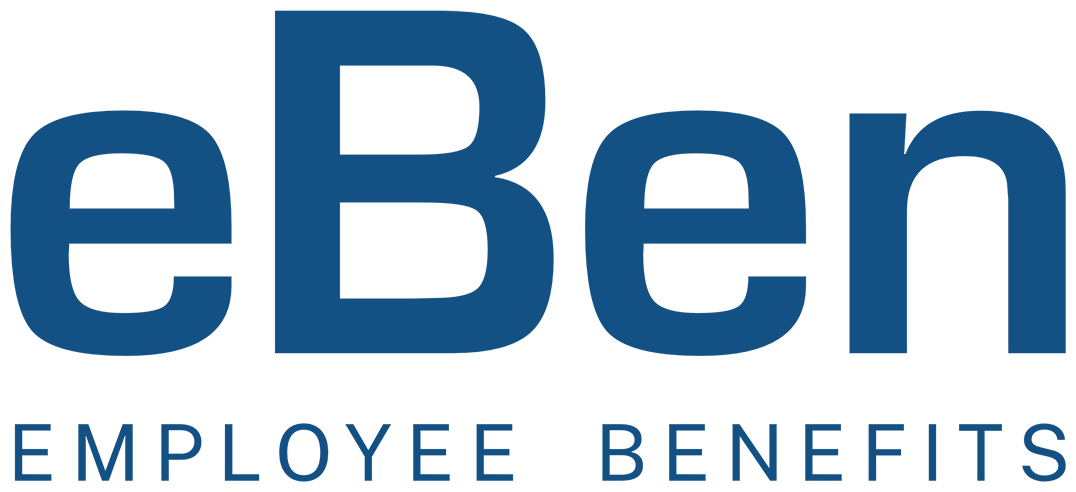A well-executed onboarding and offboarding process is essential for maintaining a robust company culture, boosting employee satisfaction, and mitigating potential legal risks. Here are key considerations for employee onboarding and offboarding to help your organization stay compliant and avoid pitfalls.
Laying the Foundation: Employee Onboarding
 Setting the stage for a successful working relationship, a well-structured onboarding process significantly influences employee retention, productivity, and engagement. Here are some best practices:
Setting the stage for a successful working relationship, a well-structured onboarding process significantly influences employee retention, productivity, and engagement. Here are some best practices:
Develop an All-Encompassing Onboarding Plan
Creating a comprehensive onboarding plan requires a deep understanding of your company’s needs, the employee’s role, and the legal requirements you must adhere to. A quality onboarding plan often includes:
- Pre-hire Paperwork: Complete essential documents such as contracts and background checks before the first day, letting new hires focus on their roles.
- Orientation: Introduce the new hire to the company’s culture, values, and policies through workplace tours, team introductions, and an overview of the company’s mission and vision.
- Training: Equip new hires with the necessary knowledge and tools, offering job-specific training, software usage guidance, and soft skills development.
- Ongoing Support: Extend onboarding beyond the first month with regular check-ins and feedback sessions to address any concerns and ensure continued support.
- Compliance with Regulations: Comply with all legal requirements, including work eligibility, tax form collection, and mandatory training on workplace safety and harassment prevention.Always consider any specific laws tied to your employee’s work location, rather than your company’s domicile.
Foster a Culture of Inclusivity and Diversity
An inclusive onboarding process promotes a sense of belonging and nurtures a diverse and equitable workplace. Unconscious bias training, cultural awareness sessions, and discussions on company values can help create a more inclusive atmosphere.
Set Clear Expectations and Goals
Lay out the new employee’s role, responsibilities, and performance expectations from day one. This mutual understanding can prevent misunderstandings and set the stage for a positive working relationship.
Implement a Mentorship Program
Pair new hires with experienced team members. This approach can streamline onboarding, encourage cross-functional collaboration, and foster a sense of camaraderie.
Ensuring a Smooth Departure: Employee Offboarding
 Offboarding is actually a critical, yet often overlooked phase of the employee lifecycle. A well-managed offboarding process can shield your organization from legal disputes, safeguard its reputation, and maintain positive relationships with former employees. Keep these pointers in mind:
Offboarding is actually a critical, yet often overlooked phase of the employee lifecycle. A well-managed offboarding process can shield your organization from legal disputes, safeguard its reputation, and maintain positive relationships with former employees. Keep these pointers in mind:
Develop a Communication Plan
An employee may not be ready to share the news of his or her departure with the entire organization right away. To prevent office gossip, create a plan for when, how and with whom this information will be shared. Employees may feel comfortable with a formal organization-wide announcement during a company meeting, or they may prefer a more informal email or notice.
Gather Institutional Knowledge
Before an employee departs, review their workflows to determine what they are currently responsible for, what information they manage and what knowledge their replacement will need.
Request the Return of Business Assets
Companies often lend employees laptops, mobile phones and other assets to help them effectively perform their duties. When an employee departs, these assets should be returned to the business. Create a list of items to be returned and provide ample notice for the employee to gather these items.
Conduct an Exit Interview
Gain valuable feedback to improve your organization. Ask about their experiences, accomplishments, and suggestions for improvement. Exit interview questions might include:
- How can we better support new employees?
- What made this a positive or negative work environment?
- What motivated you to look for new opportunities?
- What was your greatest accomplishment here?
- What growth opportunities would you have wanted to pursue here?
- Do you feel that you were supported by your manager?
- What do you think of the onboarding and offboarding process?
Explain Offboarding Payroll and Benefits Details
 Address how the final paycheck will be given, whether paid time off will be paid out, when benefits will expire, and how to register for continuation benefits. Details about the employee’s 401(k) should also be clarified.
Address how the final paycheck will be given, whether paid time off will be paid out, when benefits will expire, and how to register for continuation benefits. Details about the employee’s 401(k) should also be clarified.
Overlooking these steps can financially impact your organization and create confusion for departing employees. Having a detailed offboarding plan can help ensure a smooth transition.
Learn More About Streamlining Employee Transitions
A well-executed onboarding and offboarding process can yield lasting benefits for your organization, from boosted employee satisfaction to reduced legal risks. Regularly review and update your processes to stay abreast of evolving regulations and best practices.
At eBen, our team of experts can provide tailored solutions, guidance, and support, helping you navigate the complexities of employee benefits and HR management. Contact us today at (910) 518-9338 or use our convenient online contact form to learn more about creating seamless transitions for your employees.


